My nontraditional Quinoa "Tabbouleh" with Preserved Lemon and Green Herbs is inspired by the classic pairing of grain, parsley, lemon, and olive oil; modified here with the addition of quinoa, preserved lemon, dill, mint, and coriander, resulting in a fresh, tangy, and herbaceous salad that always delights.
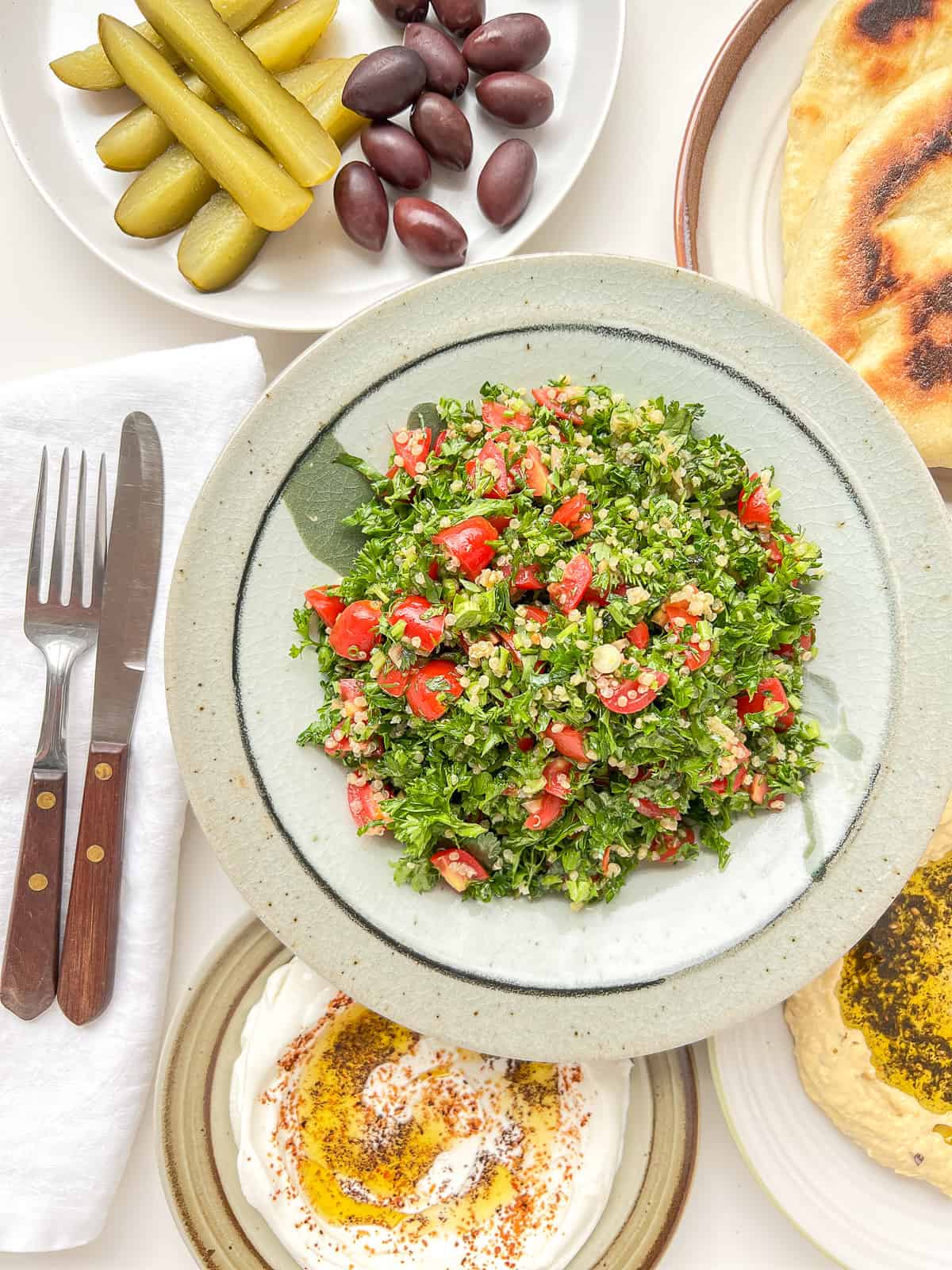
Jump to:
A historied favourite
When a dish is thousands of years old, you know you’re onto a good thing. Dating back to at least the Middle Ages in Lebanon and Syria, tabbouleh has long been a stalwart across Levantine cuisine and, more recently, health food type joints all over the world. Traditionally made with copious amounts of parsley, soaked bulgur, tomatoes, lemon, olive oil and a few other regionally variant ingredients, tabbouleh is also known as tabouleh, tabbouli, tabouli, tabulé, or taboulah.
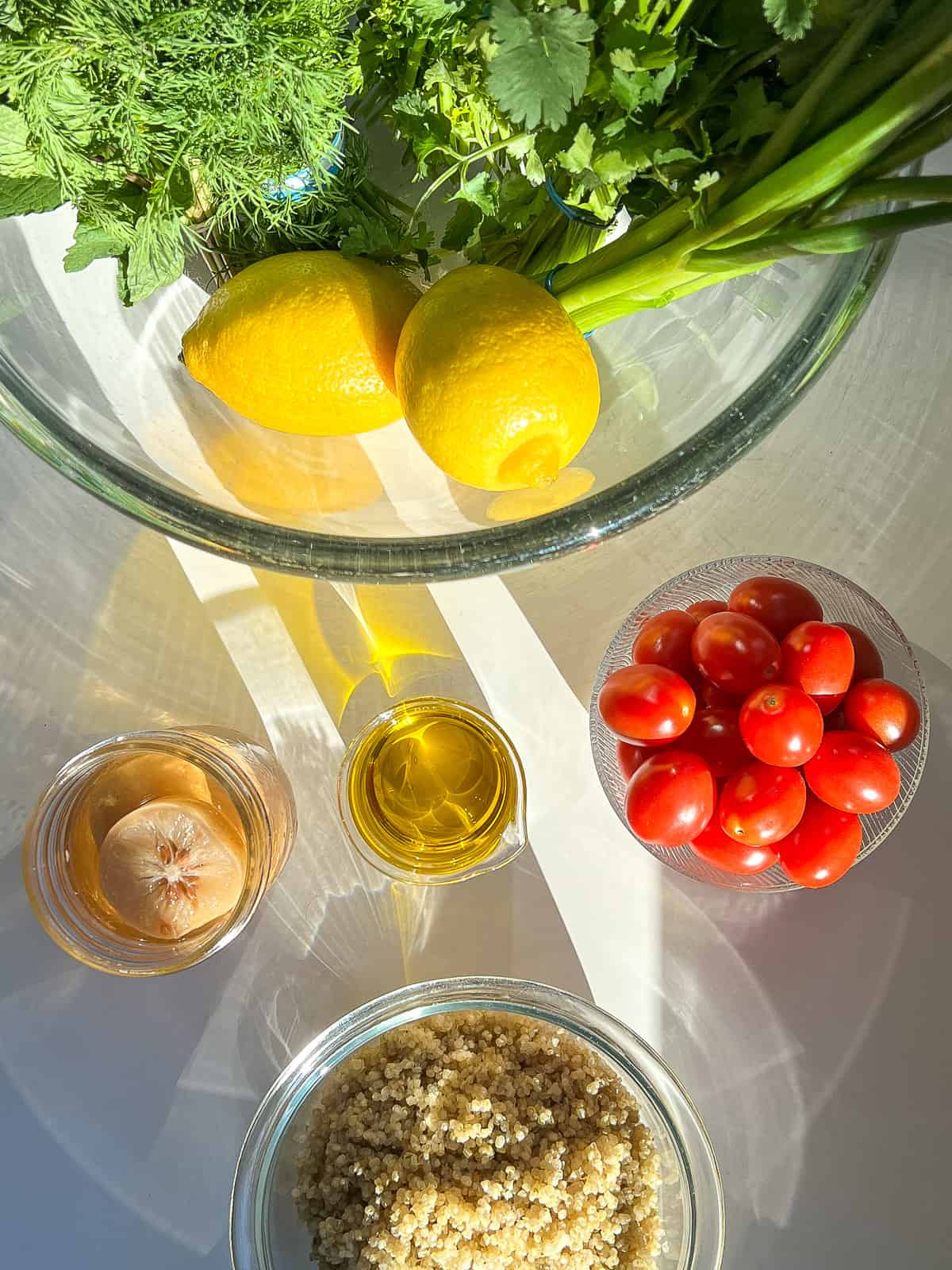
The essence of tabbouleh
Tabbouleh is both simple, and at its best, simply extraordinary. In keeping with the idea that tabbouleh makes prime use of a few choice ingredients, if made without care, it can turn into a less than stellar dish. Authors Sami Tamimi and Yotam Ottolenghi, in their excellent cookbook Jerusalem, exhort tabbouleh makers to treat the dish with respect and deftness; hand chopping the herbs is a must, and so is understanding that tabbouleh is, in its essence, an herb salad and not a grain salad.
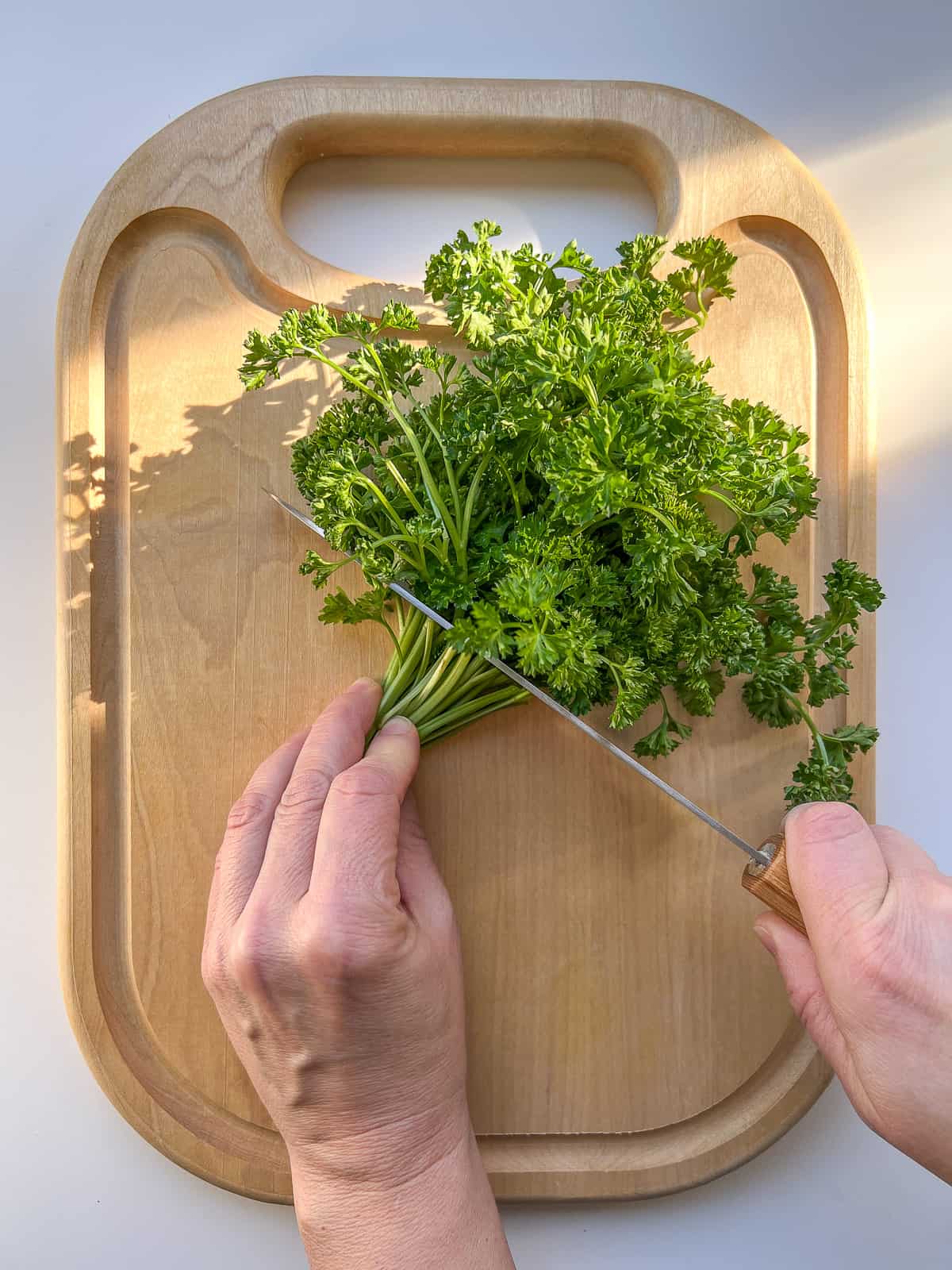
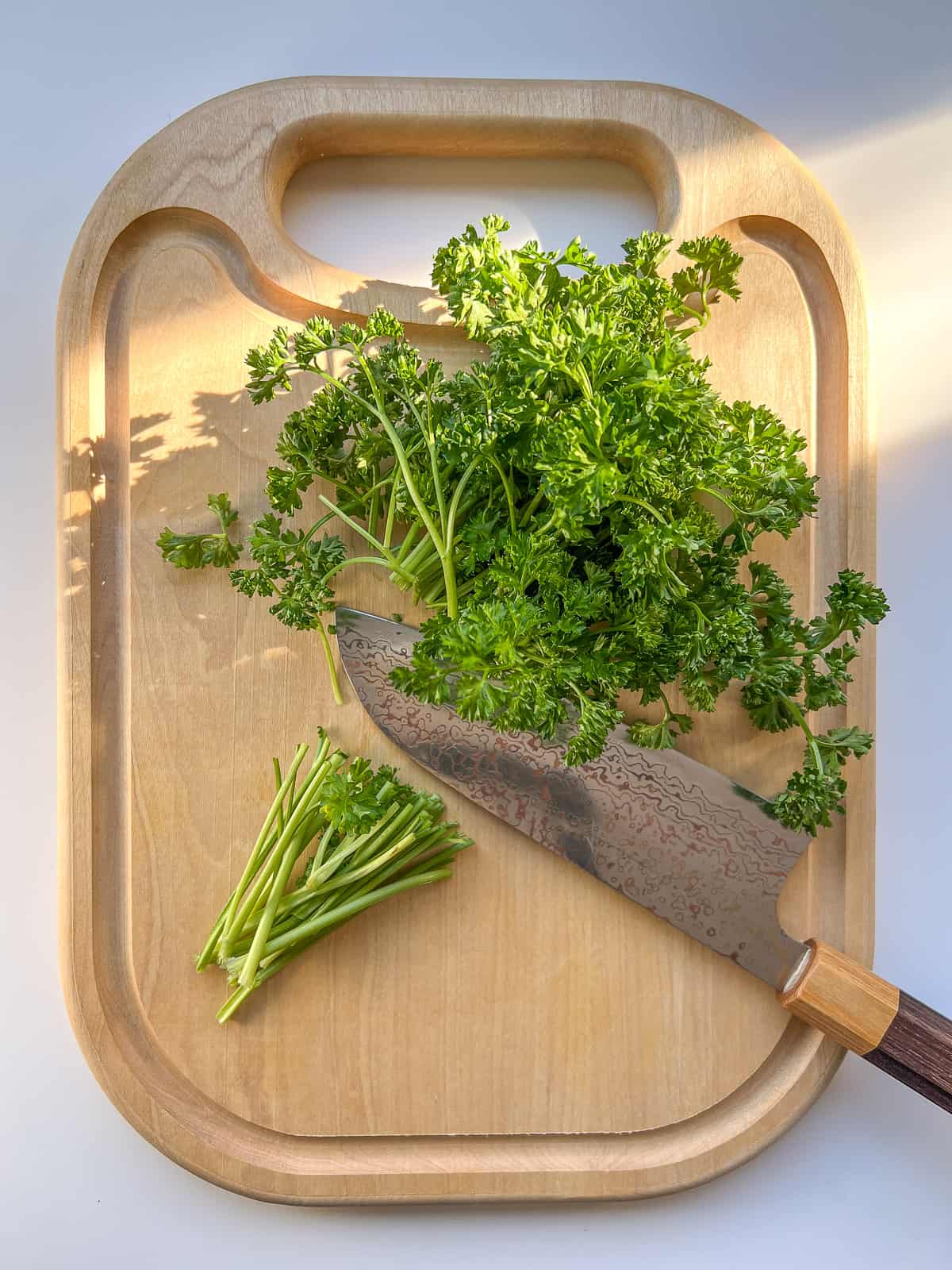

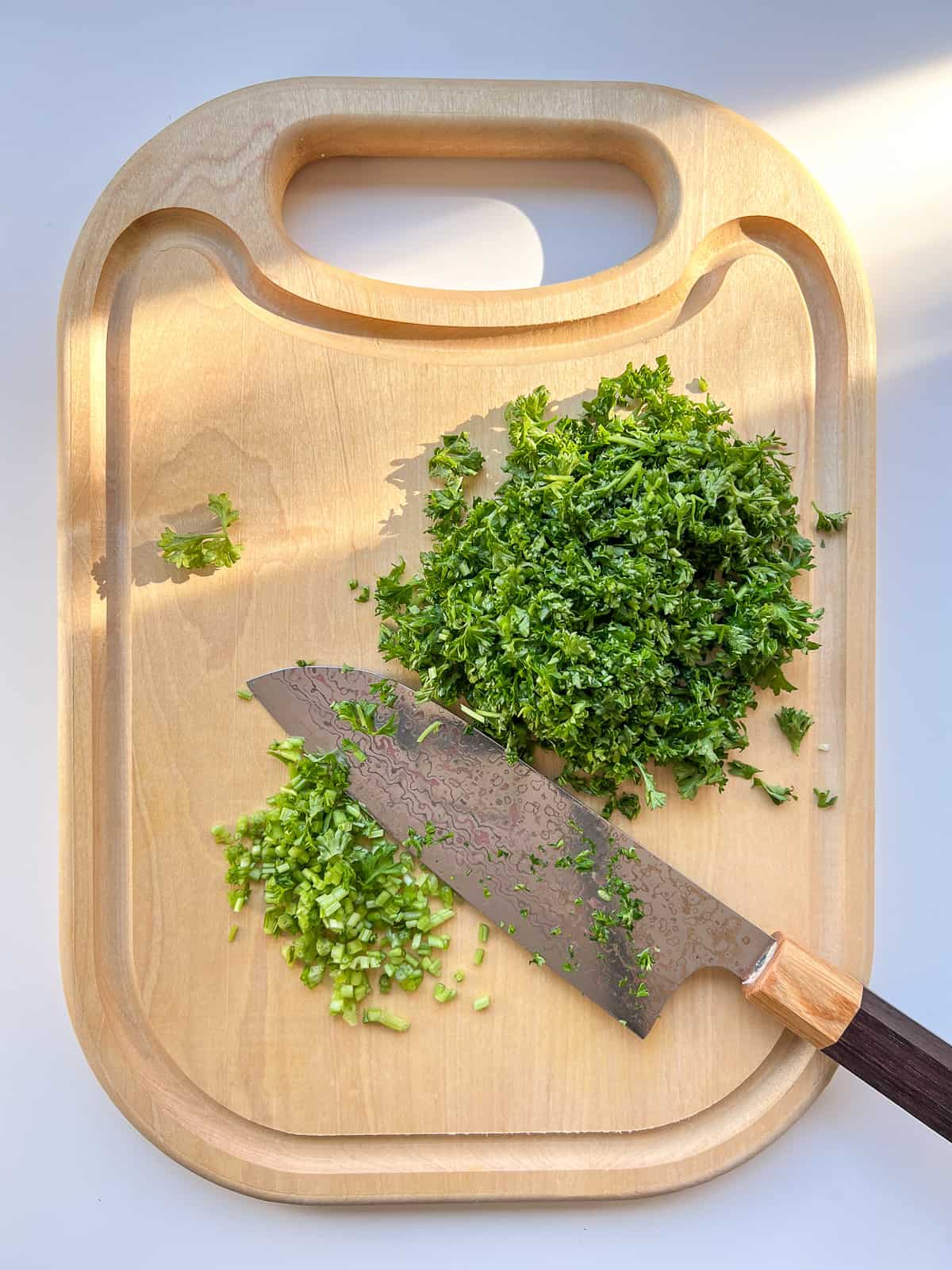
Variations
In my version I use just the right amount of quinoa, instead of bulgur; I appreciate the way that quinoa has a slight textural pop between the teeth, which is further echoed by finely sliced herb stems and tiny bits of diced preserved lemon. As it happens, I often have leftover cooked quinoa in the fridge, so that just makes things easier to boot! I always cook my quinoa with vegetable stock or a vegetable bouillon cube instead of straight up water, and I do the same here for a little extra boost of savoury flavour.
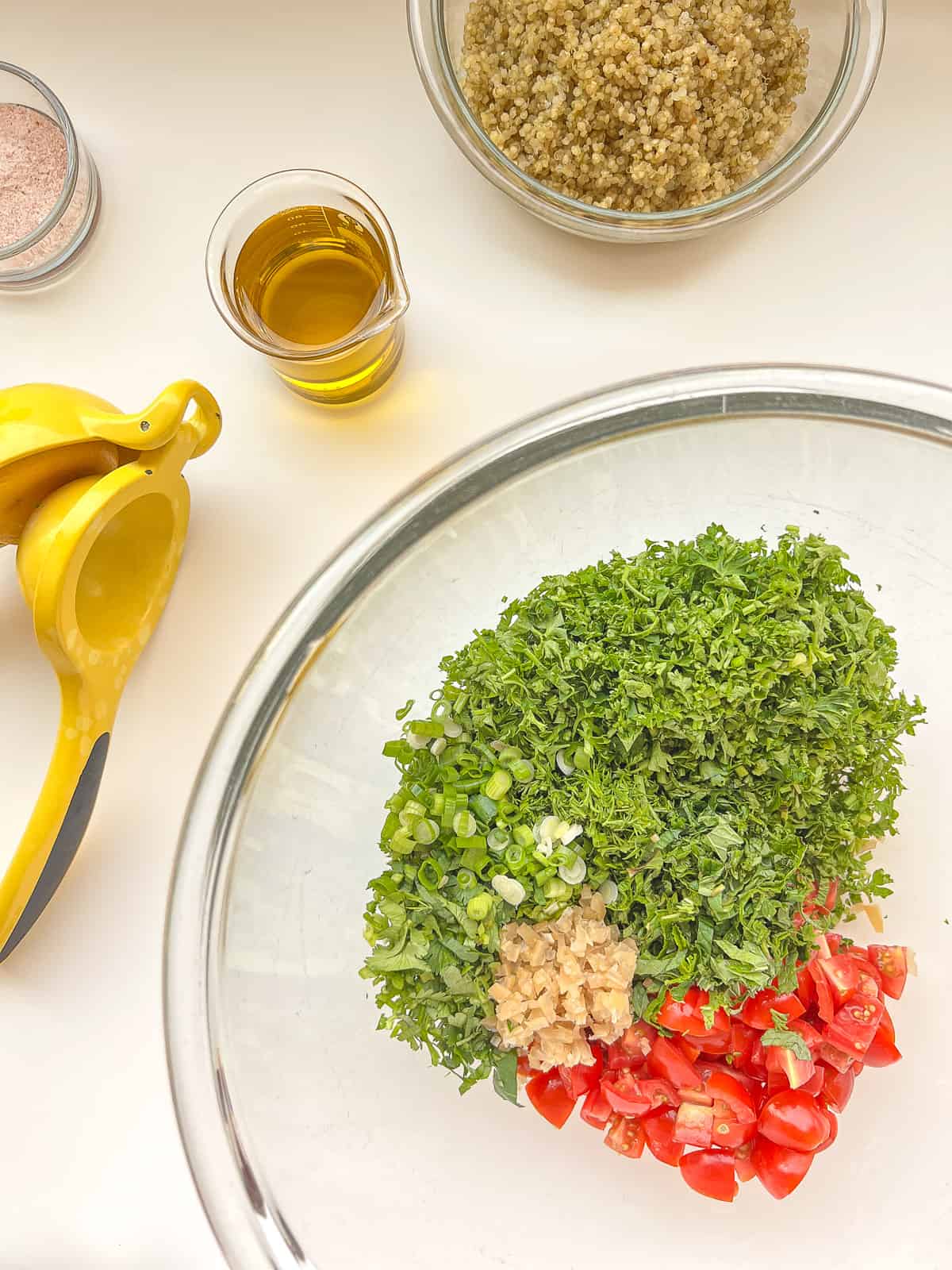
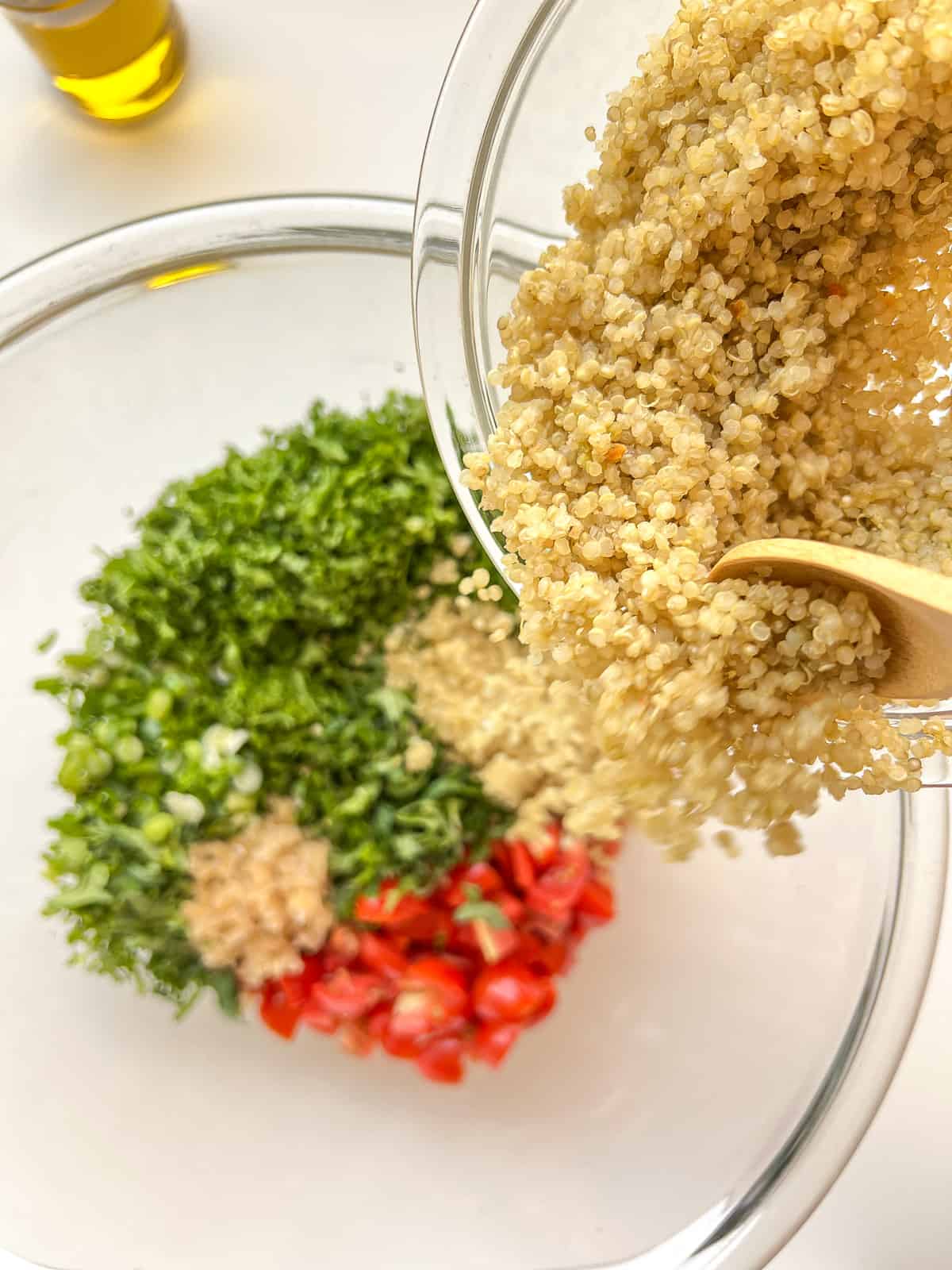
Not just parsley
As for the herbs, while Ottolenghi and Tamimi remind us that tabbouleh is essentially a parsley salad, my version adds a verdant array of parsley, cilantro, mint, and dill, a mixture that I find especially flavourful. I also make sure to use the flavourful and useful stems of the herbs, and not just the leaves. With the exception of woody mint stems, which I discard into the compost, parsley, cilantro, and dill stems are juicy, crunchy, aromatic, and worth including in your tabbouleh. As required, the herbs, both leaves and stems, must be finely chopped by hand, and not in a food processor which may overly bruise the tender greens.
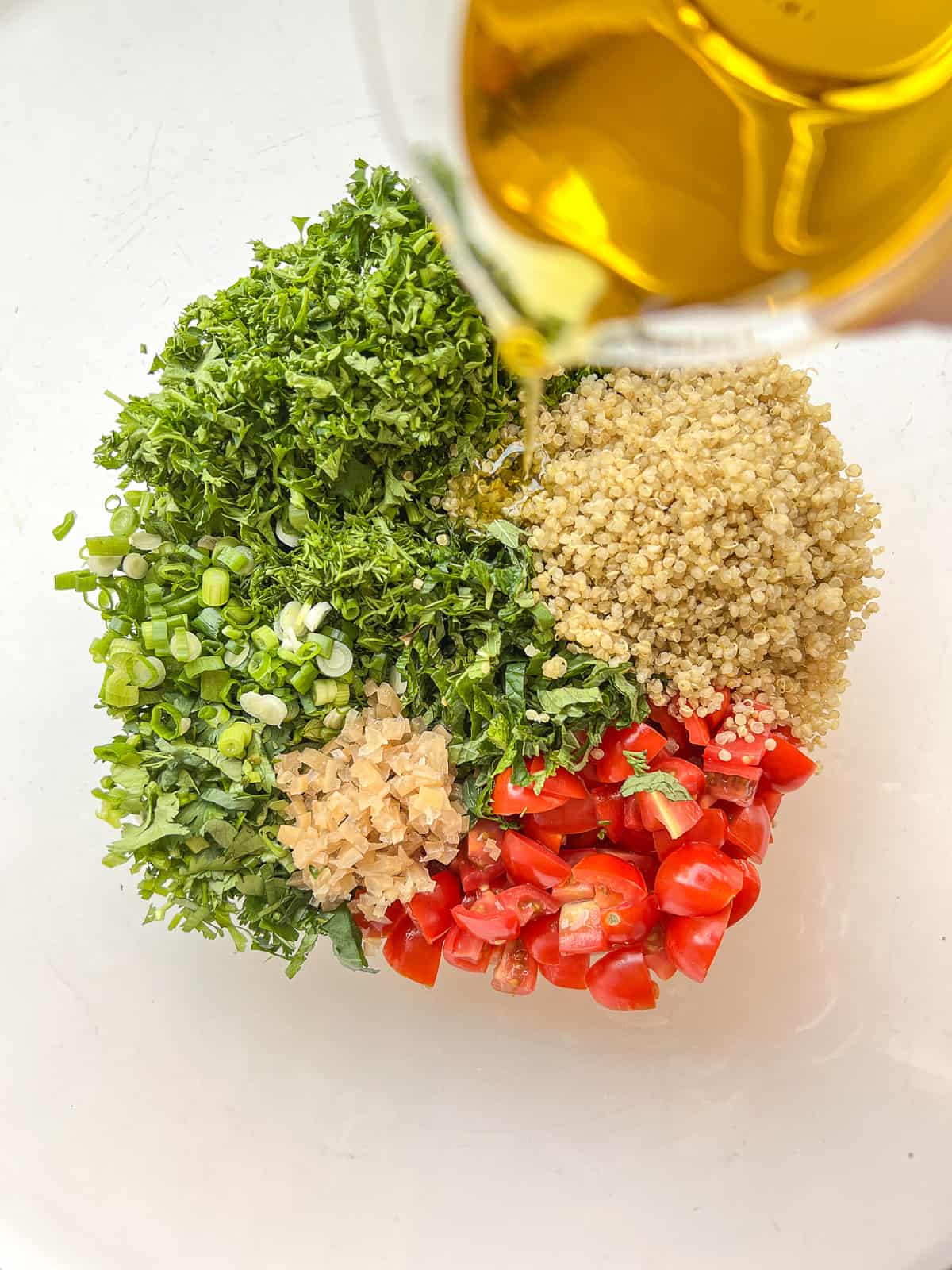

All about herbs
As the main constituents of this salad are green herbs, it is imperative that you wash the herbs properly, so that your eating experience is not sullied by hidden grit - no quick rinsing under the tap for this recipe!
Make sure to soak the herbs in a large bowl of water for a few minutes, and agitate them a little bit before the soaking time is over, allowing any dirt or grit to fall to the bottom of the bowl. Scoop the herbs out of the water by hand, pour out the gritty water into the sink, and make sure to rinse the bowl before cleaning any further batches lest you transfer the grit into the next batch. If you see that there is lots of grit in your wash water, such as is notoriously found in bunches of cilantro, you may want to give your herbs a second wash.
Here, it is especially important that you dry your herbs well before using them, as too much additional wetness will result in a soggy, wilted salad. I use a lettuce spinner and then let the herbs further dry for a bit on a kitchen tea towel laid out on the counter while I get other things ready to complete the salad.
The right kind of tomatoes
While most traditional tabbouleh recipes use regular size tomatoes cut into small pieces, I prefer to use smaller grape tomatoes. These smaller tomatoes are usually less watery than larger tomatoes, and so when diced, they add less liquid to the overall salad, meaning that your carefully prepared salad has a bit of a longer shelf life, although this salad is definitely at its best soon after making. While I like a fair amount of olive oil and lemon dressing in my tabbouleh, I don’t want my herbs wilting in too much liquid, so for me, less tomatoey watery liquid is preferable.
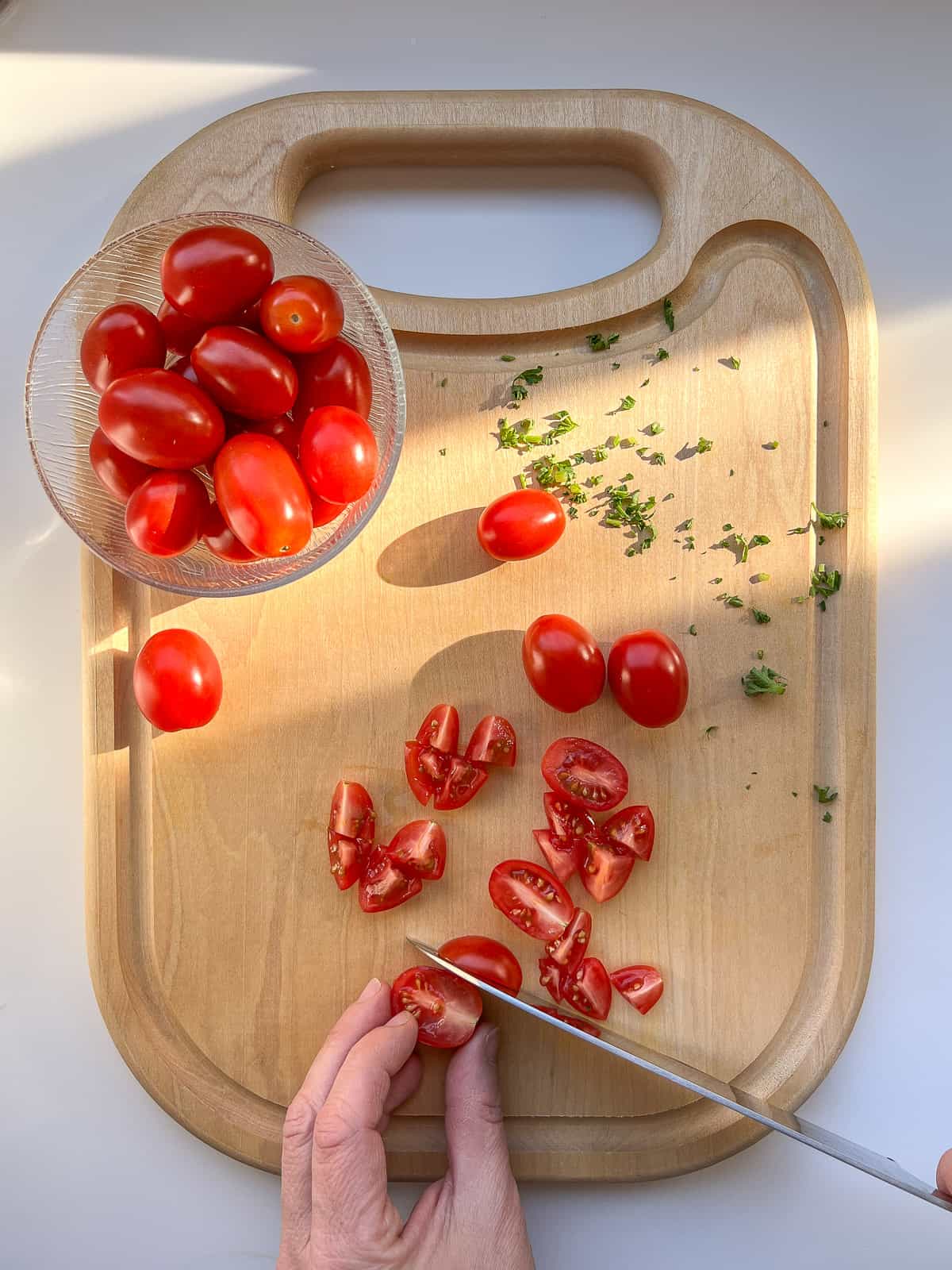
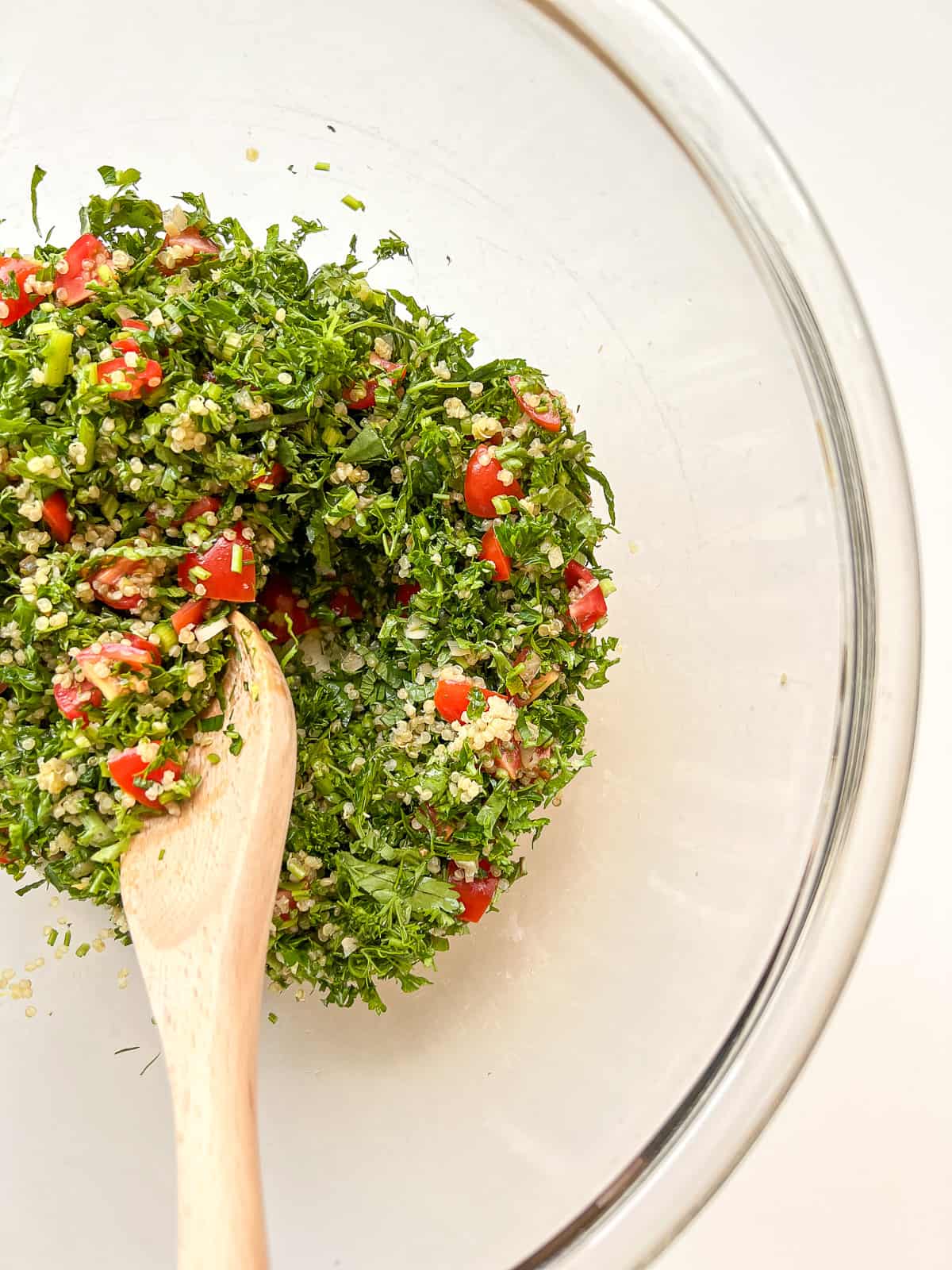
A simple dressing
The dressing for my nontraditional tabbouleh is a simple toss of lemon juice, good extra virgin olive oil, a sprinkle of sea salt, a small amount of finely sliced green onions, and finely diced preserved lemon peel; combined with the flavourful array of herbs, I find nothing else is needed!
Using preserved lemon
Preserved lemon adds another layer of lemony, slightly sharp, and salty flavour to the salad that I especially enjoy, and helps augment the lemon juice without adding too much harsh acidity that lemon juice alone can sometimes render.
When using preserved lemons, cut them in half and use a small spoon to scoop out the inner flesh, membranes, and seeds, which you can discard, leaving just the peel for use. For this recipe, you can finely sliver the peel and then finely dice it, providing a lovely little textural pop that compliments the quinoa in texture.
Some cooks like to rinse their preserved lemon peel before adding to a dish, but I like the salty, briny tang that remains on the skin, so I don’t do that. However, if your preserved lemons are crusted in salt you may wish to rinse them, or be aware of adding extra salt at the very least.
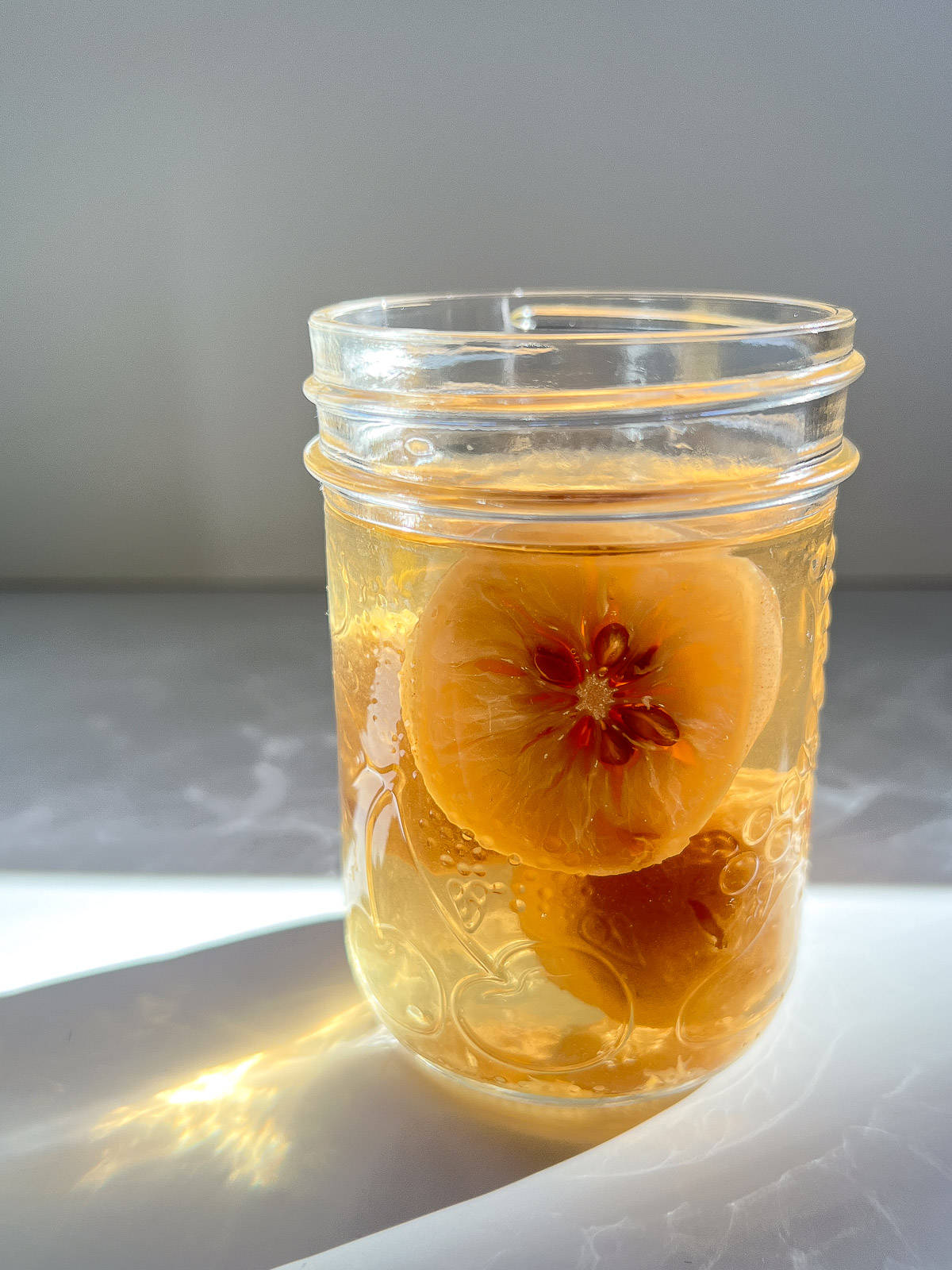
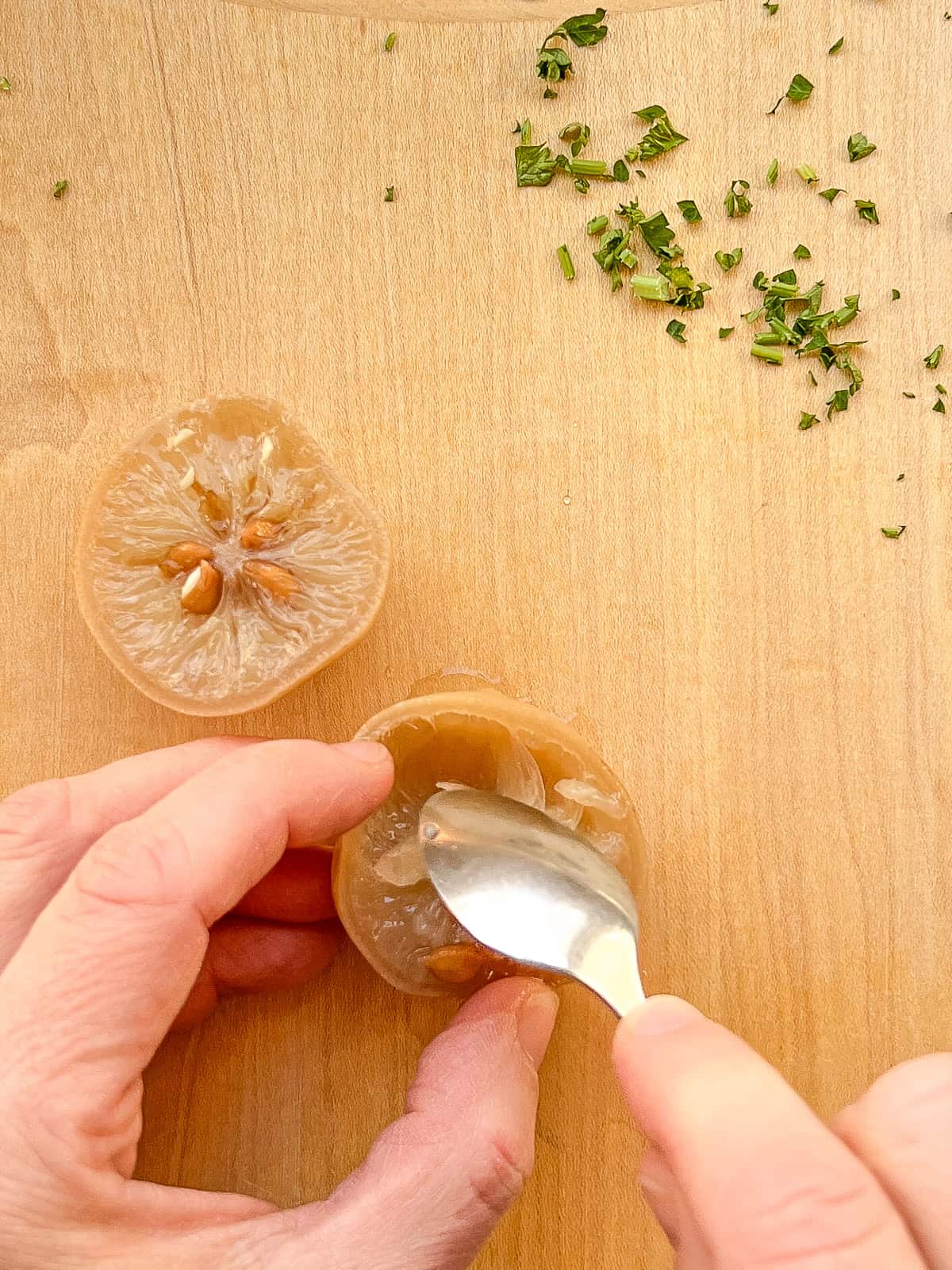
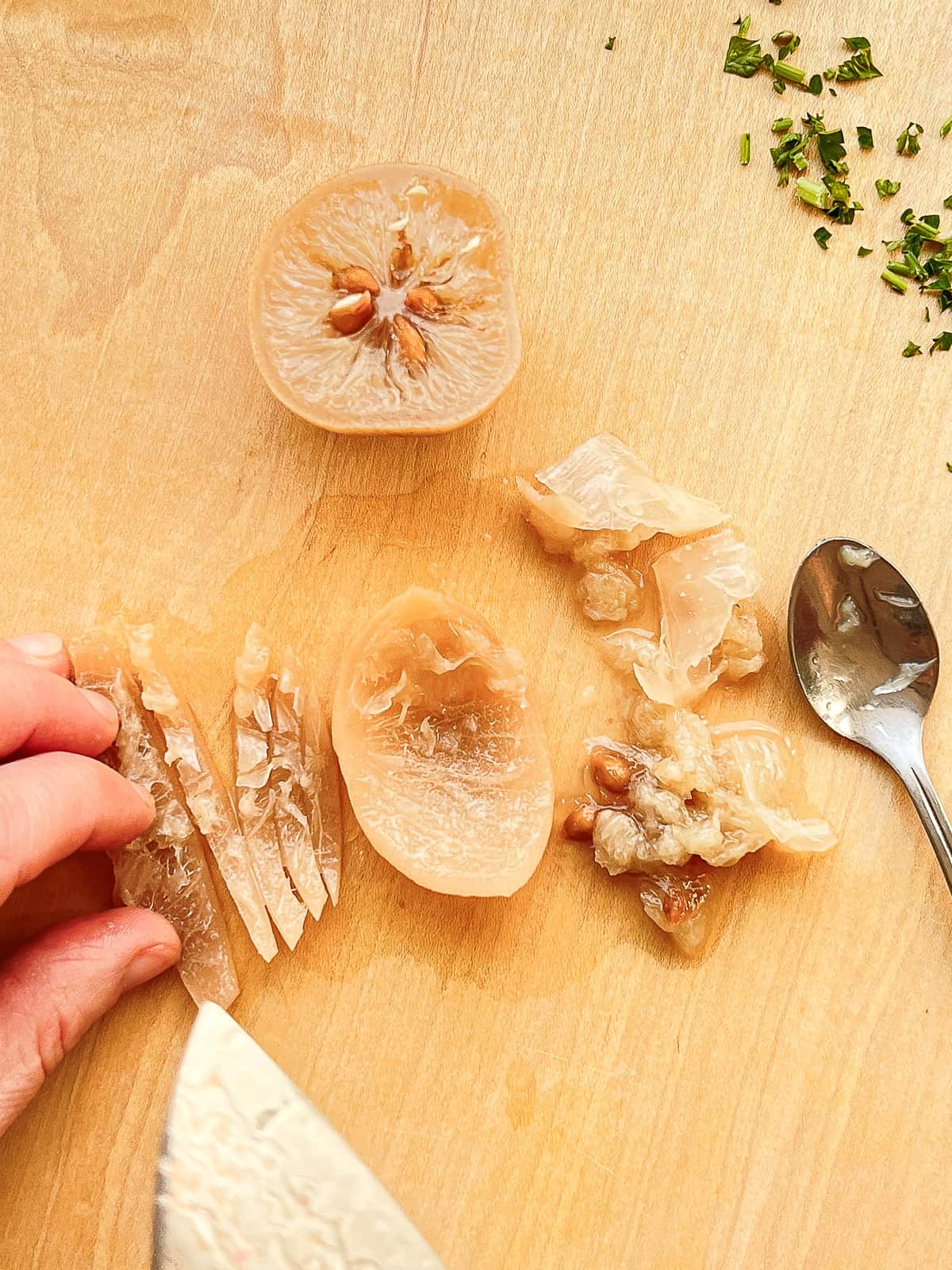
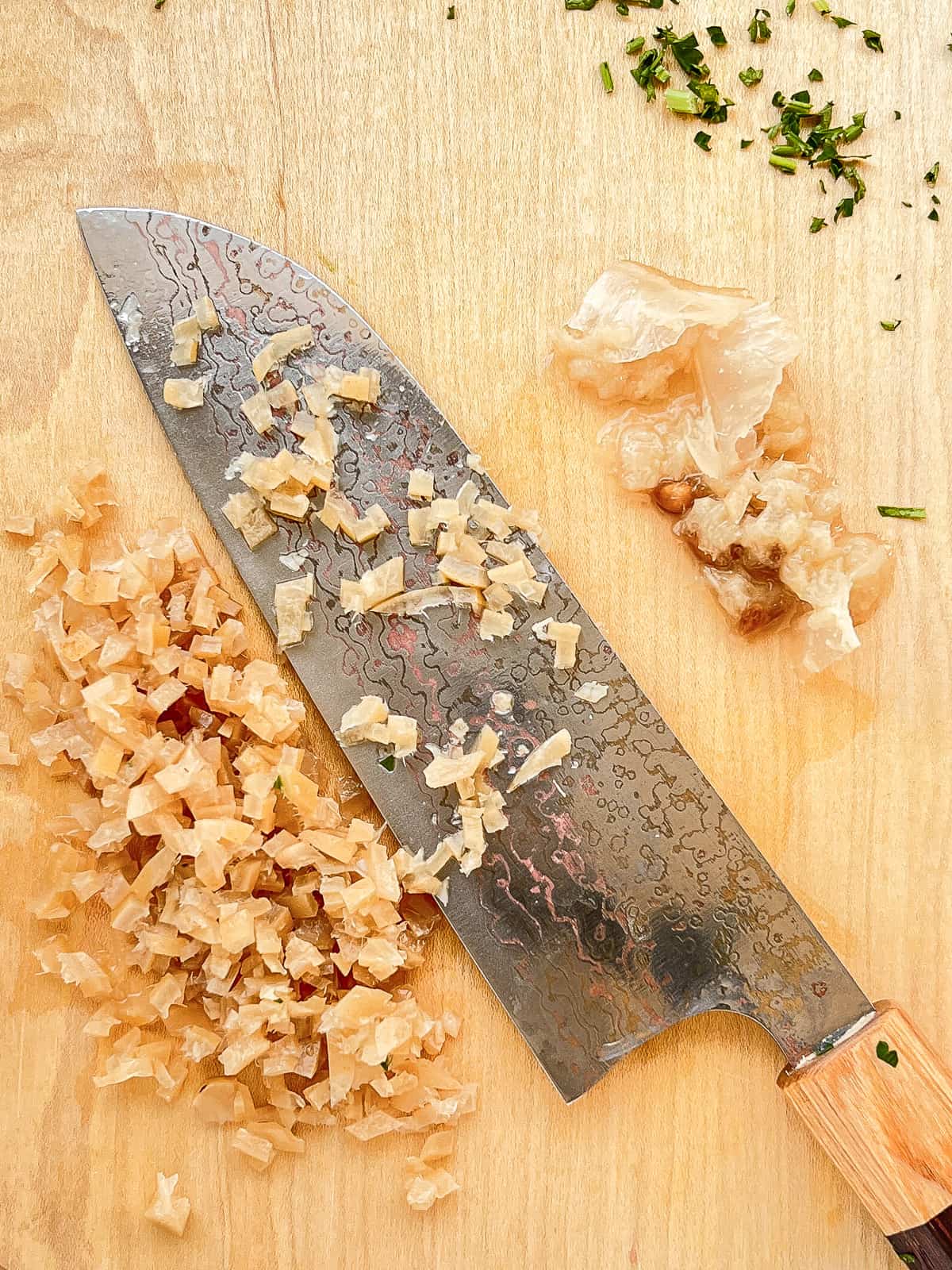
Ways to enjoy tabbouleh
Tabbouleh can be enjoyed as a salad in its own right, as part of a mezze spread, or stuffed into whatever sandwich you fancy. I dearly love tabbouleh served alongside simple pan fried halloumi, the bright acidity of the salad complementing the rich, salty slices of melty cheese, or simply mounded onto a warm flatbread that has been slathered with herbed labneh. Of course, tabbouleh makes a perfect partner for hummus, and for me, no hummus plate, falafel plate, or wrap would be complete without it. Tabbouleh, with its fresh and citrusy flavours, goes well with roasted vegetables, as part of a grain bowl or salad bar plate, alongside earthy beans; really wherever you like!
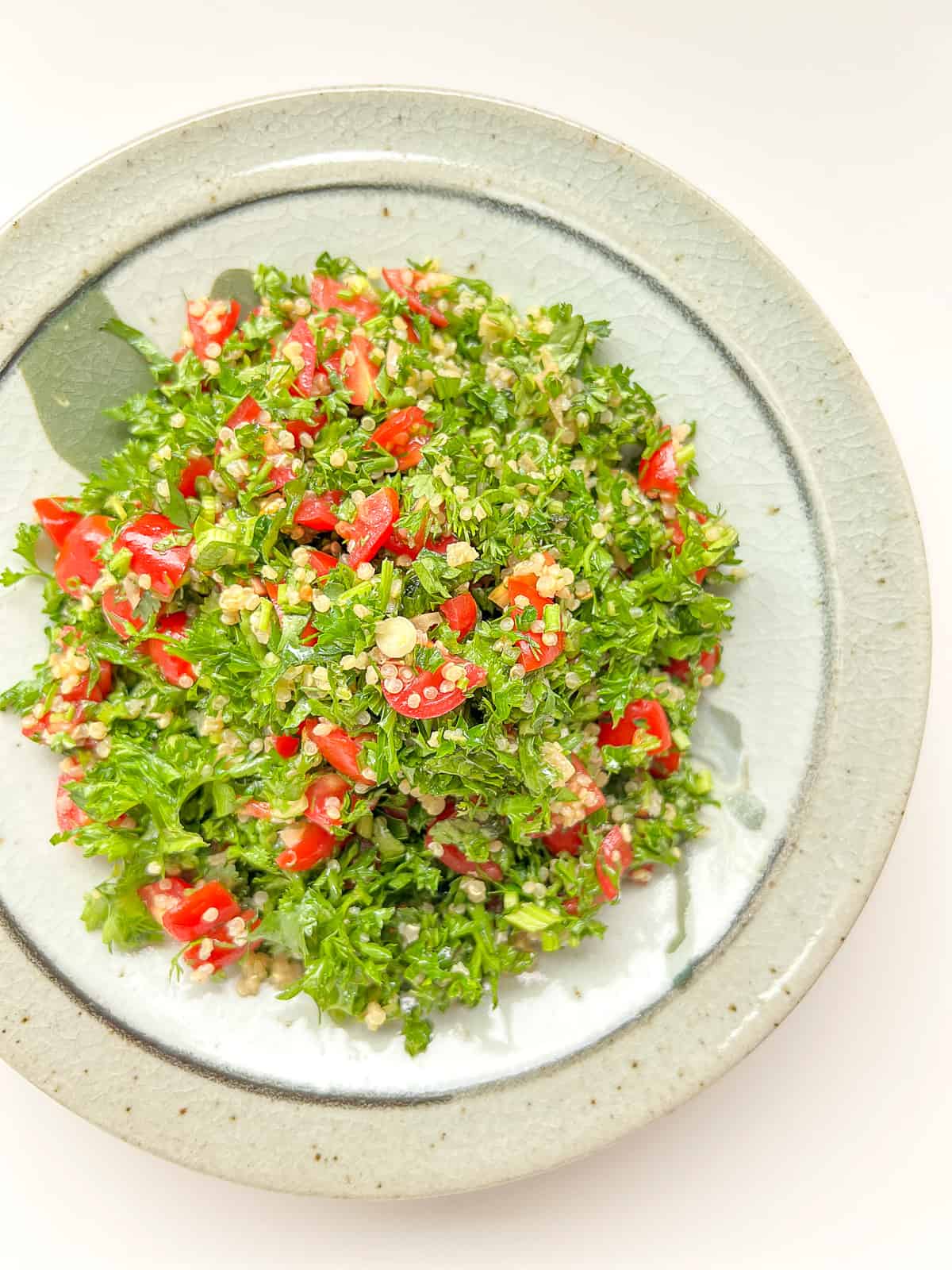
Favourite Pairings
These are my favorite dishes to serve alongside Quinoa "Tabbouleh" with Preserved Lemon and Green Herbs:
Quinoa "Tabbouleh" with Preserved Lemon and Green Herbs
Ingredients
- 3 cups parsley finely chopped, use both leaves and stems, * see note
- ½ cup cilantro finely chopped, use both leaves and stems, * see note
- ¼ cup dill finely chopped, use both leaves and stems, * see note
- ¼ cup mint leaves finely chopped, stems discarded
- 2 green onions green and white parts thinly sliced
- 1 cup grape tomatoes finely diced
- ¾ cup quinoa cooked, *see note
- 4-6 tablespoon preserved lemon peel finely diced, *see note
- 1 tablespoon lemon juice
- 3 tablespoon extra virgin olive oil
- salt to taste * see note
Instructions
- Add the finely chopped herbs, tomatoes, quinoa, and preserved lemon peel to a large mixing bowl - start with the smaller amount of lemon peel, and add more if desired once you have had a taste. Add in the lemon juice and the olive oil, then taste for seasoning. If needed, add more salt, lemon juice, preserved lemon peel, or olive oil to create a harmonious balance; eat as soon as you can, and enjoy!


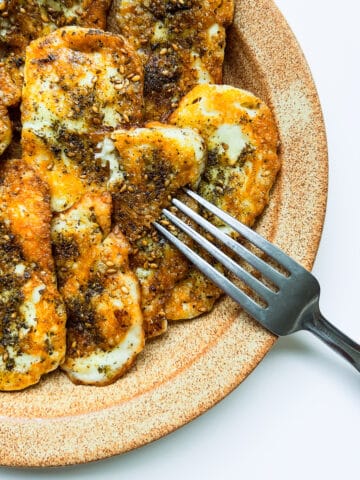


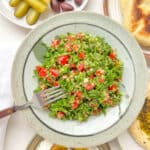
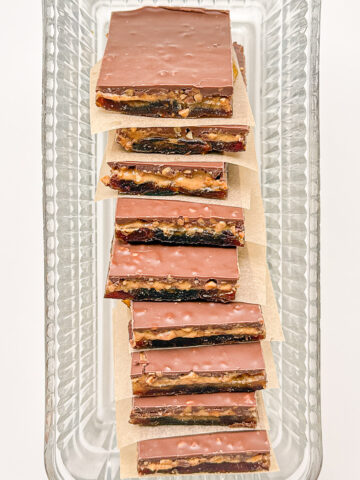
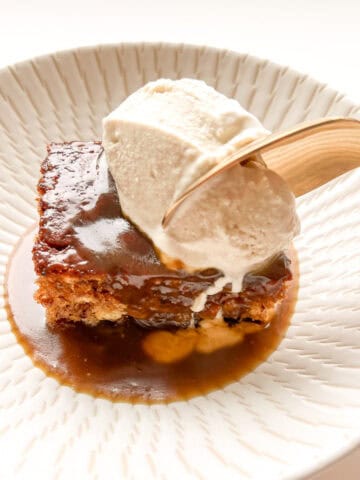
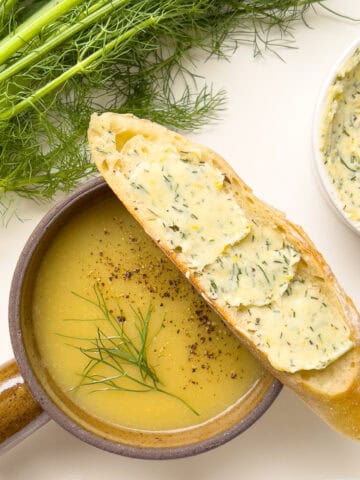
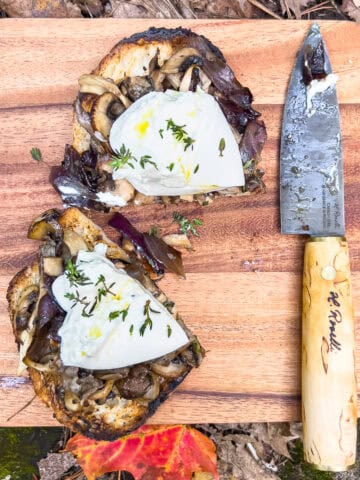
Leave a Reply